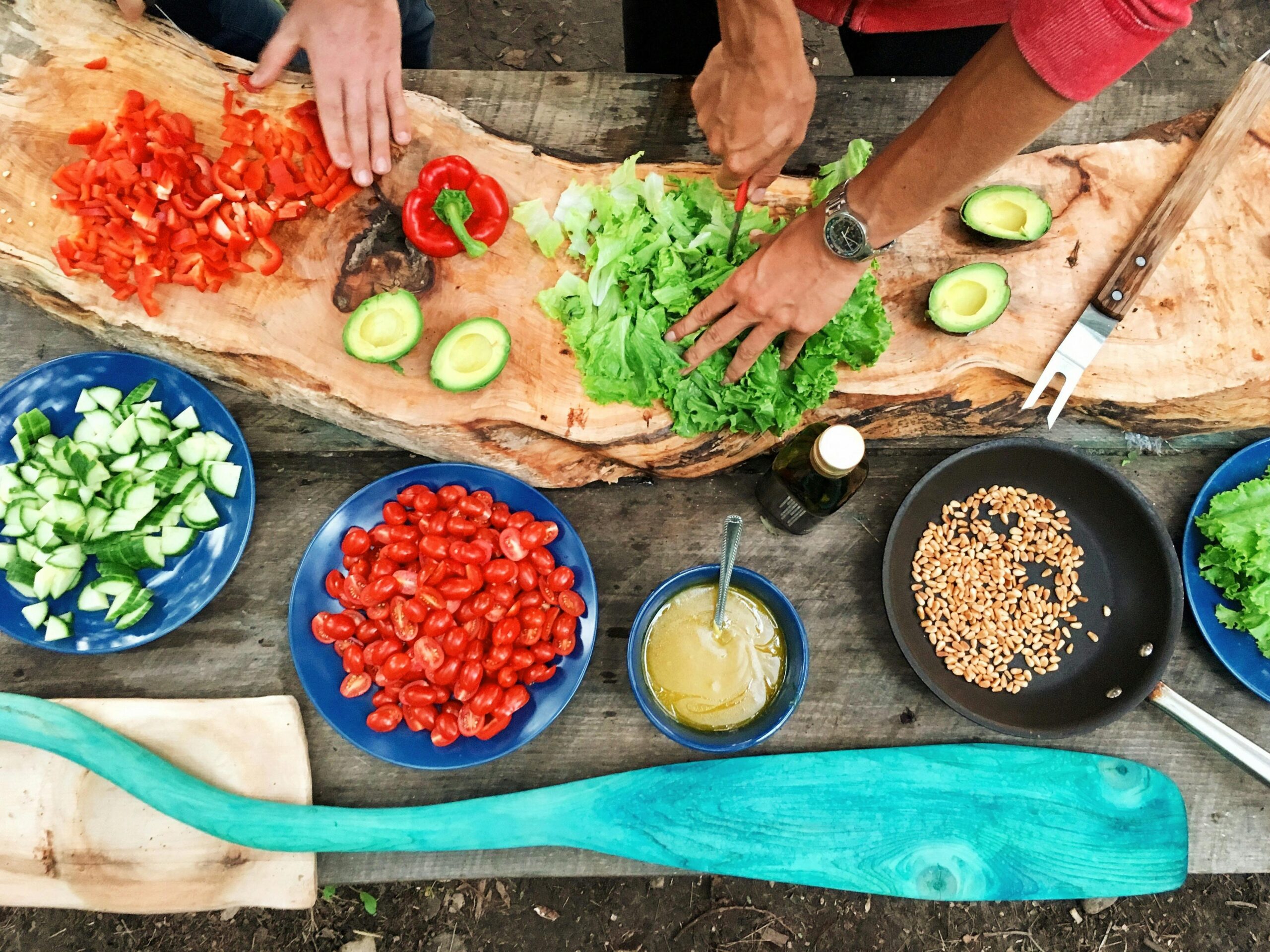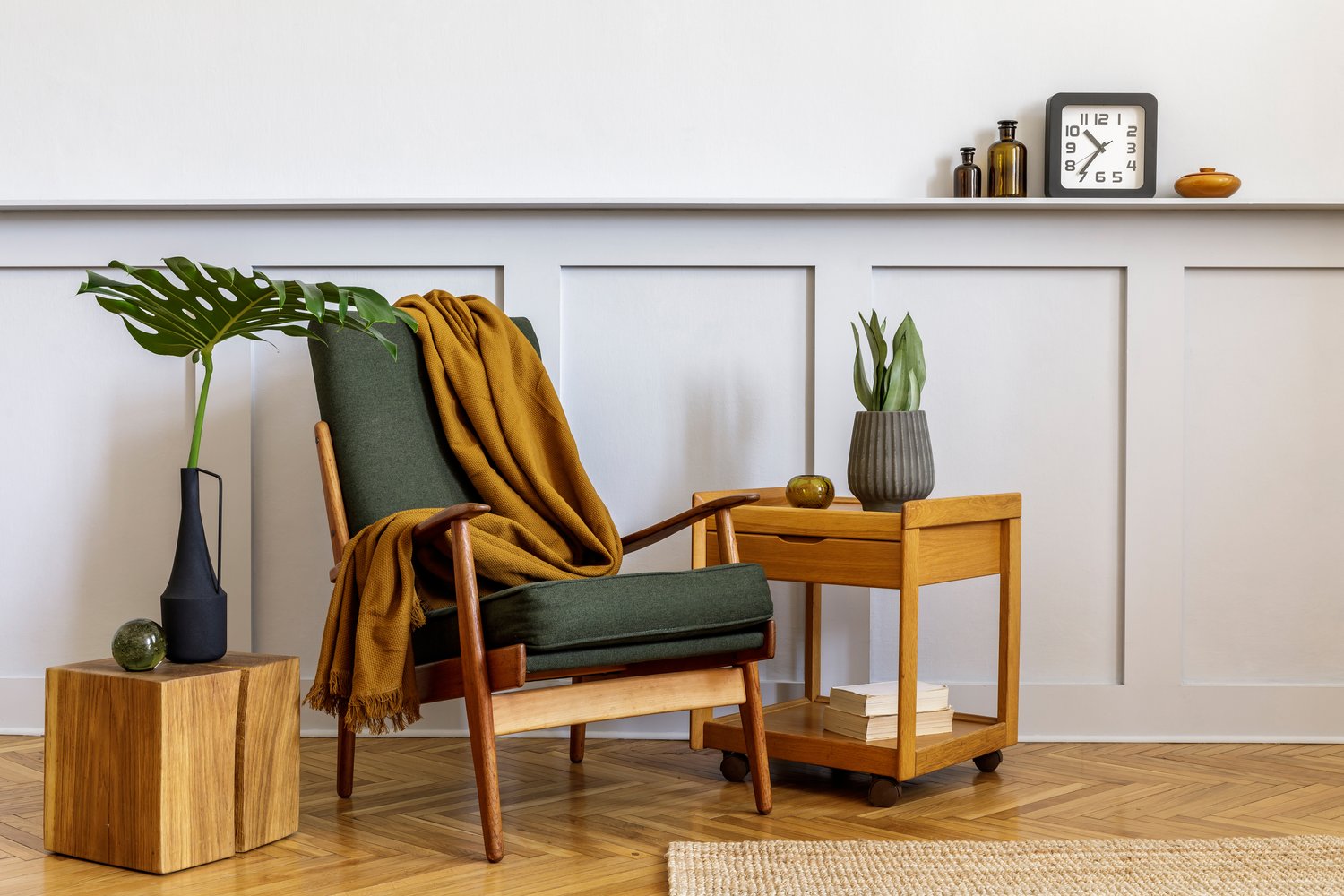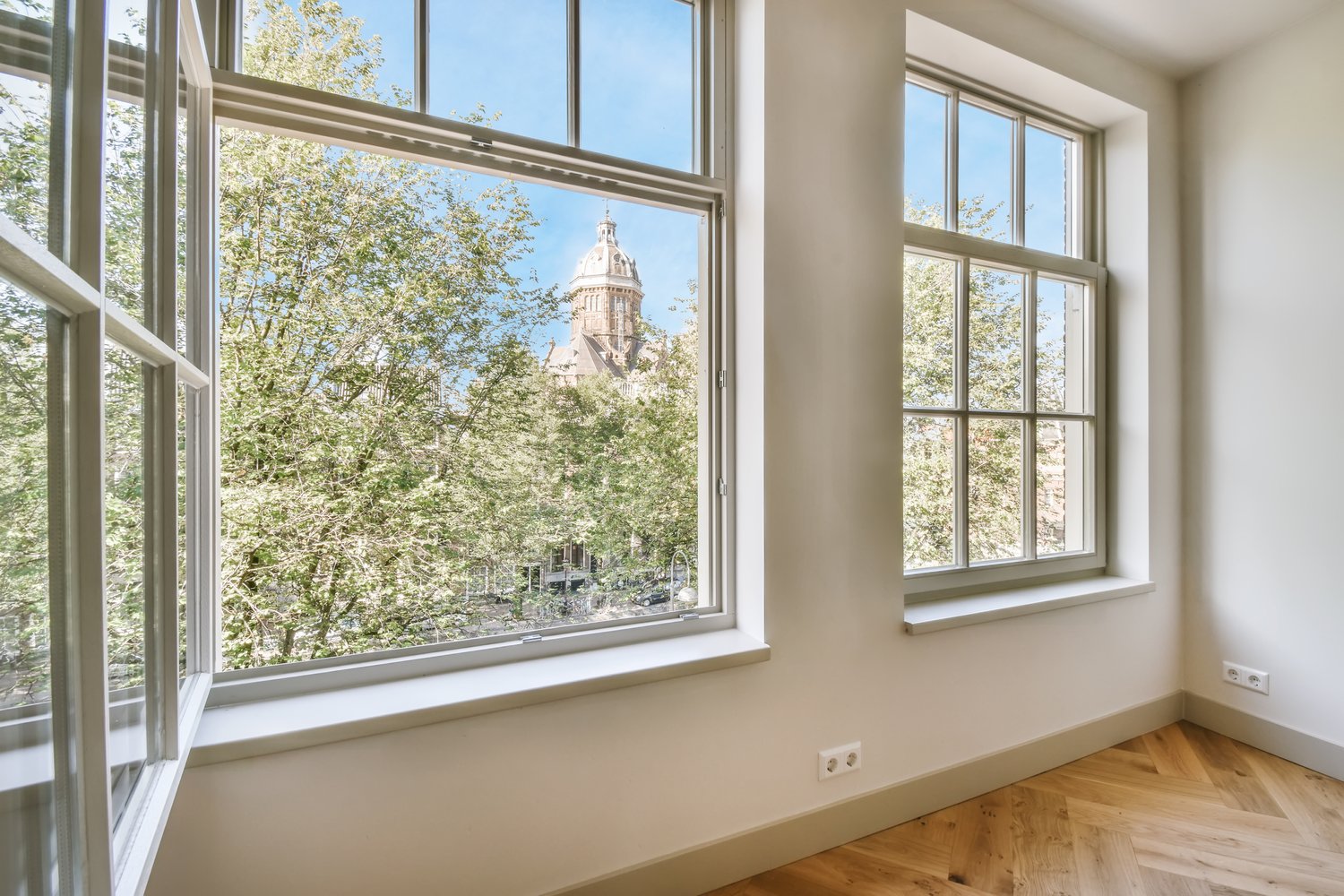Transforming your backyard into a functional alfresco cooking space combines the joy of outdoor living with the practicality of a well-designed kitchen. Modern outdoor kitchens have evolved far beyond the simple grill station, now incorporating weatherproof cabinetry, specialized cooking appliances, and thoughtful design elements that withstand the elements while providing comfort and convenience. This guide walks you through the essential considerations for planning outdoor kitchen spaces, from layout and appliance selection to materials that enhance both functionality and aesthetic appeal. Whether you’re considering a modest cooking area or an elaborate outdoor culinary haven, proper planning ensures your investment delivers years of enjoyment.
Understanding the Fundamentals of Outdoor Kitchen Design
The foundation of a successful outdoor kitchen design begins with thoughtful consideration of how you plan to use the space. Will you primarily entertain large groups, or is it mainly for intimate family dinners? Do you need specialized cooking equipment like pizza ovens or smokers? Consider the cooking styles you enjoy most and design around these preferences. The location of your alfresco cooking space should balance convenience with practical concerns like proximity to your indoor kitchen for easy access to supplies, protection from prevailing winds, and appropriate distance from combustible structures.
Climate considerations significantly impact outdoor kitchen planning. In regions with harsh winters, you’ll need weatherproof cabinetry and durable materials that can withstand temperature fluctuations and moisture. Proper drainage is essential regardless of your climate, as is adequate ventilation if the kitchen is positioned near walls or under a covering. Many homeowners underestimate the importance of lighting in outdoor kitchens—thoughtful illumination enhances both safety and ambiance during evening gatherings.
Choosing the Right Layout and Zones
Effective outdoor kitchen layouts typically incorporate distinct functional zones. The hot zone houses cooking equipment like built-in BBQ grills, side burners, or pizza ovens. The cold zone includes refrigeration and ice makers. The wet zone encompasses sinks and cleanup areas, while the dry zone provides storage and preparation surfaces. When planning these zones, consider their relationship to one another and how traffic will flow between them during food preparation and serving.
L-shaped and U-shaped configurations work well for larger outdoor kitchens, providing ample counter space and clear workflow patterns. For smaller spaces, a straight-line design along a wall or fence might be more appropriate. Island layouts offer accessibility from all sides and can create a natural gathering spot for guests. Whatever configuration you choose, ensure adequate counter space on both sides of cooking areas for safe and convenient food preparation. According to design professionals at AskHomey, allowing at least 24 inches of counter space on each side of a grill or cooktop is essential for functional outdoor kitchen design.
Selecting Appliances and Equipment
The centerpiece of most alfresco cooking spaces is typically the grill. Built-in BBQ ideas range from basic gas grills to elaborate hybrid models that allow for multiple cooking methods. Consider whether you want additional cooking options like side burners, smokers, or specialty equipment such as teppanyaki grills or outdoor pizza ovens. Refrigeration options include outdoor-rated full-size refrigerators, under-counter models, or dedicated beverage coolers and wine fridges.
Outdoor kitchen planning should include consideration of practical additions that enhance functionality. A sink with hot and cold water makes cleanup easier and eliminates trips indoors. Ice makers keep beverages cold during summer gatherings. Storage solutions like weatherproof cabinetry protect utensils and supplies from the elements. When selecting appliances, prioritize those specifically rated for outdoor use with appropriate weatherproofing and durability features. Standard indoor appliances typically won’t withstand outdoor conditions and may pose safety hazards.
Materials and Finishes for Durability and Style
Material selection significantly impacts both the longevity and appearance of your outdoor kitchen. Countertops must withstand temperature extremes, UV exposure, and moisture. Natural stone options like granite and slate offer excellent durability, while manufactured quartz and concrete provide design flexibility. For cabinetry, marine-grade polymer, stainless steel, and teak are popular choices that resist weather damage.
Flooring materials should offer slip resistance when wet and durability against stains and wear. Porcelain tile, natural stone, and concrete pavers are excellent options that combine safety and style. The structure itself may incorporate materials like steel framing, masonry, or weather-resistant wood, depending on your design aesthetic and local building codes. Remember that materials requiring minimal maintenance will provide the most enjoyment over time—outdoor kitchens should enhance leisure time, not create additional work.
Planning for Utilities and Infrastructure
The infrastructure supporting your outdoor kitchen requires careful planning. Gas lines for built-in grills and other cooking appliances must be professionally installed according to local codes. Electrical requirements include dedicated circuits for refrigeration, lighting, and small appliances. Water and drainage considerations encompass both supply lines and proper drainage systems that direct wastewater away from living areas.
Many homeowners overlook the importance of shelter and climate control in outdoor kitchen planning. Pergolas, pavilions, or extended roof structures provide protection from sun and rain. Ceiling fans improve air circulation during hot weather, while outdoor heaters or built-in fireplaces extend the usability of your alfresco cooking space into cooler months. Consider incorporating automation and smart home technology to control lighting, sound systems, and even cooking temperatures from your mobile device.
For more tips and to connect with reliable home service professionals, follow AskHomey on Facebook and Instagram.



